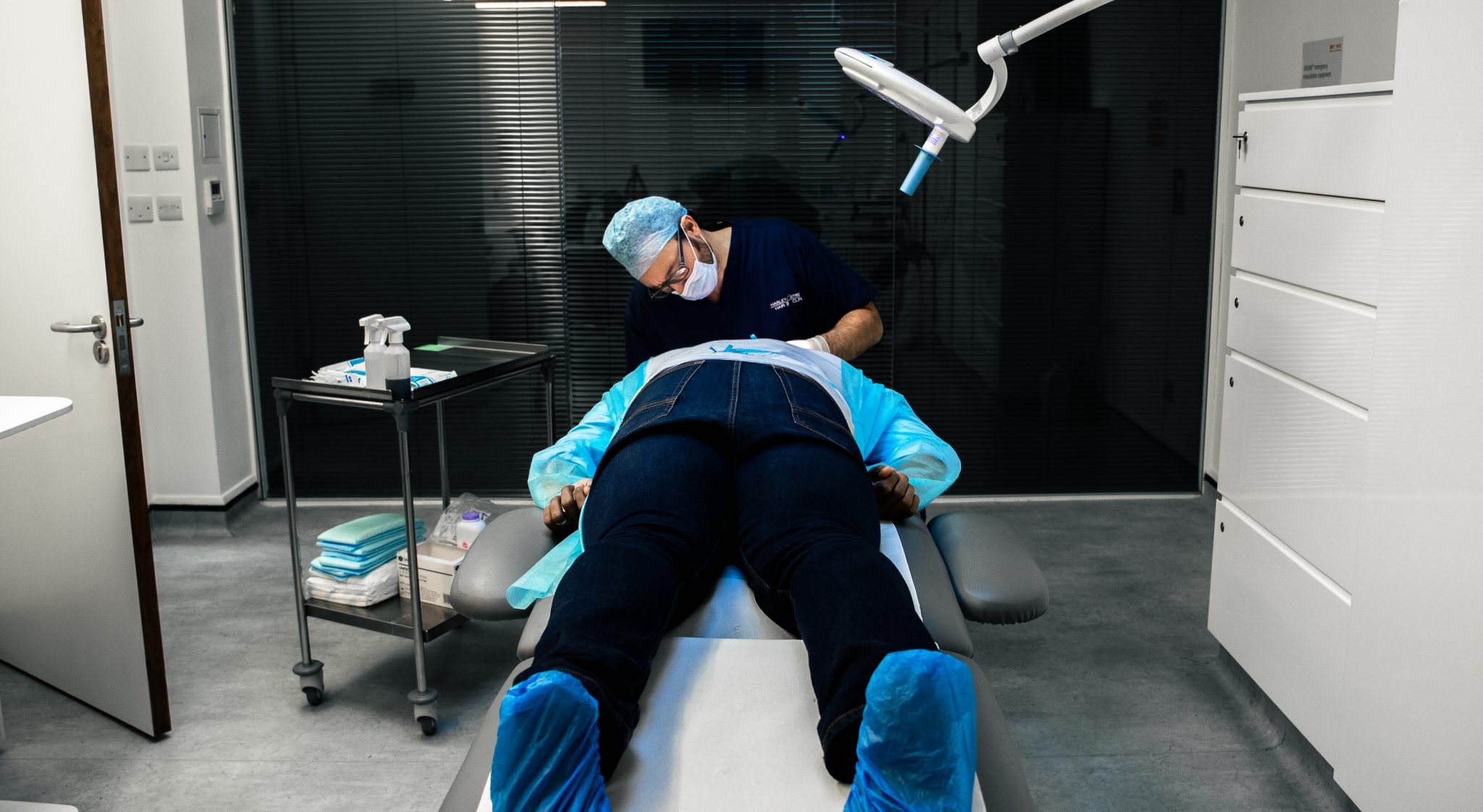
Photos can be edited. Reviews can be filtered. But consultations reveal tone. You ask. They explain—or they don’t. The surgeon listens—or redirects. You sense patience, or pressure. This first meeting shows more than brochures ever will. It reflects respect, not just salesmanship.
A surgeon’s presence during the planning phase reveals more than any title or biography ever could
Some clinics assign the plan to a technician. Others involve the surgeon directly. You sit. You talk design. Hairline position. Density. Donor zones. If the doctor is missing now, imagine who holds the tool later. Early presence reflects long-term involvement.
The clinic promises natural results, but the definition of natural varies more than most realize
One patient wants fullness. Another, a subtle frame. The word “natural” shifts. Good clinics ask what that means to you. They don’t copy templates. They measure your facial features. Age. Hair texture. Ethnicity. Natural isn’t a look—it’s a match between vision and execution.
Technology alone doesn’t guarantee quality—how it’s used shapes results more than the brand itself
FUE. DHI. Sapphire blade. Robotic arms. Tools sound impressive. But even the best tech needs hands. Technique matters. Graft angle. Spacing. Punch size. Implant depth. You ask how they use the tools—not just what’s in the room. Results come from method, not metal.
Before-and-after galleries should show a range—not just perfect angles and dense hairlines
You scroll. Everyone looks the same. That’s not good. Real patients differ. Some want temples. Others want crown fill. A real gallery shows variety. Different ages. Hair types. Lighting. Angles. Consistency shows honesty—not perfection.
Pricing transparency reveals how the clinic values your long-term trust
You ask the price. They hesitate. They offer discounts “today only.” That’s a sign. Good clinics outline costs clearly. Per graft. Per session. With follow-up. Without extras. No ambiguity. Trust begins where pricing ends—with clarity.
The person answering your first call often signals how the clinic operates behind closed doors
The voice is rushed—or warm. They answer questions—or divert them. They follow up—or vanish. That first call isn’t minor. It reflects culture. If your inquiry feels inconvenient, your surgery likely will too. Clinics reveal their system through small moments.
Donor area management tells you more about surgical ethics than the result itself ever could
Anyone can implant hair. Few manage donor zones with care. Overharvesting causes scars. Patches. Thinning that doesn’t regrow. Ask how many grafts. Ask how they space extractions. The back of your head is not endless. The real plan respects limits.
High graft numbers don’t always reflect good outcomes—they often reveal surgical ambition over patient need
You hear “5,000 grafts.” Sounds impressive. But do you need that many? Will they survive? High numbers fill density—but may thin donor areas. Some clinics boast big numbers for marketing. Better clinics balance coverage with sustainability.
Hairline design is where artistry meets anatomy—and bad design lasts longer than bad density
A straight line fades fast. A low line feels wrong. Good design curves gently. Matches forehead shape. Recedes slightly. Age-appropriate. A well-done transplant doesn’t announce itself. It looks like it always belonged. That decision begins on the sketch pad.
Clinic hygiene and surgical setting impact recovery more than most first-time patients understand
You walk in. The air smells clean—or doesn’t. Floors shine—or don’t. Tools stay sealed—or exposed. Infection risks rise with poor hygiene. Good clinics follow protocols. Glove use. Sterile packaging. Disposal routines. Clean settings protect outcomes.
Reading reviews? Focus less on praise—and more on how problems were handled when they happened
Every clinic has complications. That’s normal. What matters is how they respond. Did they offer touch-ups? Listen? Dismiss complaints? Defend errors? Reviews show patterns. Ignore perfection. Seek response tone. Clinics earn trust when things go wrong.
Clinics that offer guarantees should explain what they actually cover—not just say “lifetime” vaguely
“Guaranteed results.” It sounds secure. But does it mean regrowth? Satisfaction? What if shock loss occurs? A real guarantee defines terms. Free sessions? Partial refunds? Documentation? Be cautious when language soothes but doesn’t clarify.
Aftercare support becomes more important once the bandages come off and questions begin
You leave with instructions. But redness stays. Itching starts. Questions multiply. Who answers then? Some clinics disappear post-op. Others guide. Daily check-ins. WhatsApp support. Nurse calls. Healing needs presence, not pamphlets. Ask about follow-up structure early.
Source: Hair Transplantation in Dubai / Hair Transplantation in Abu Dhabi
